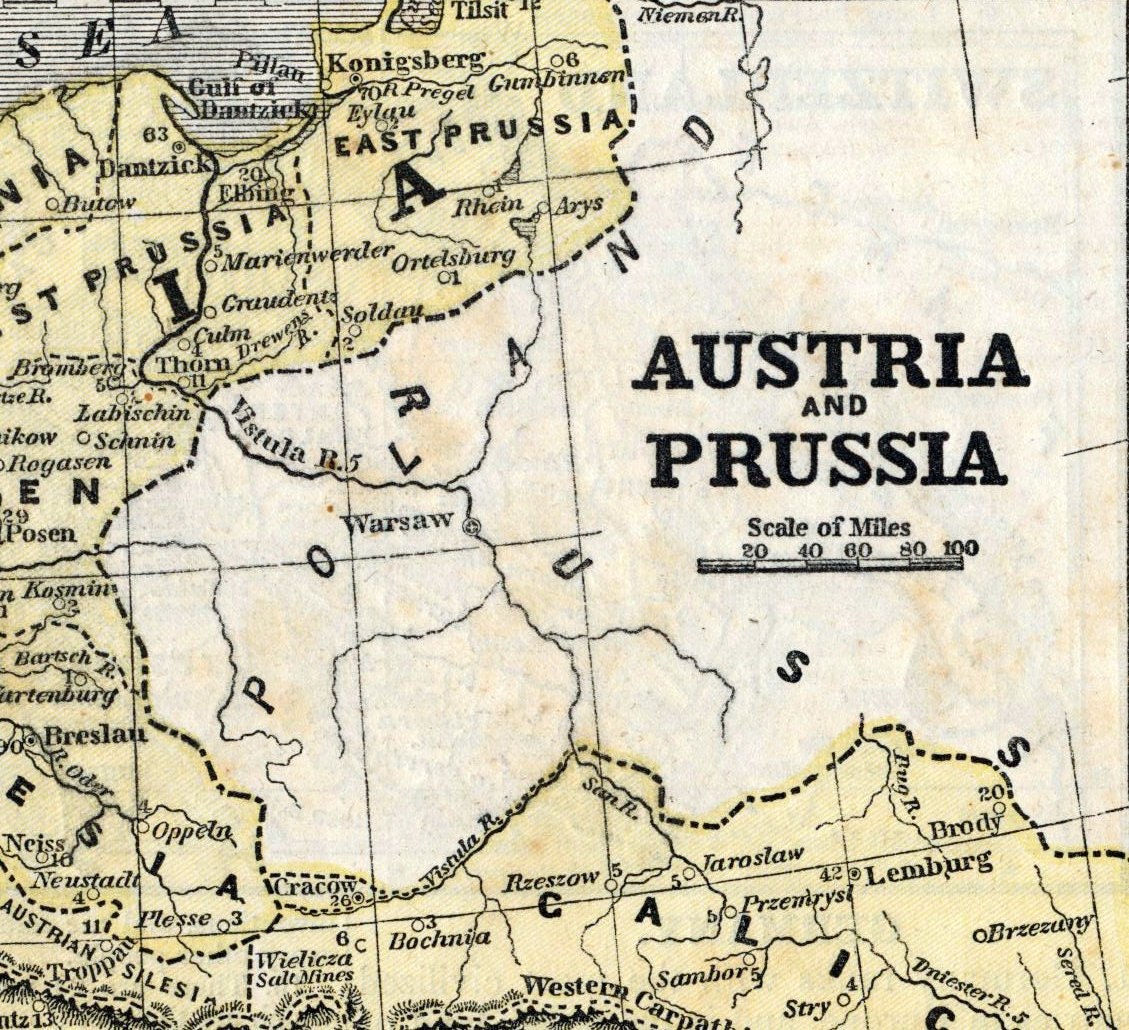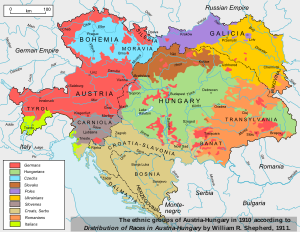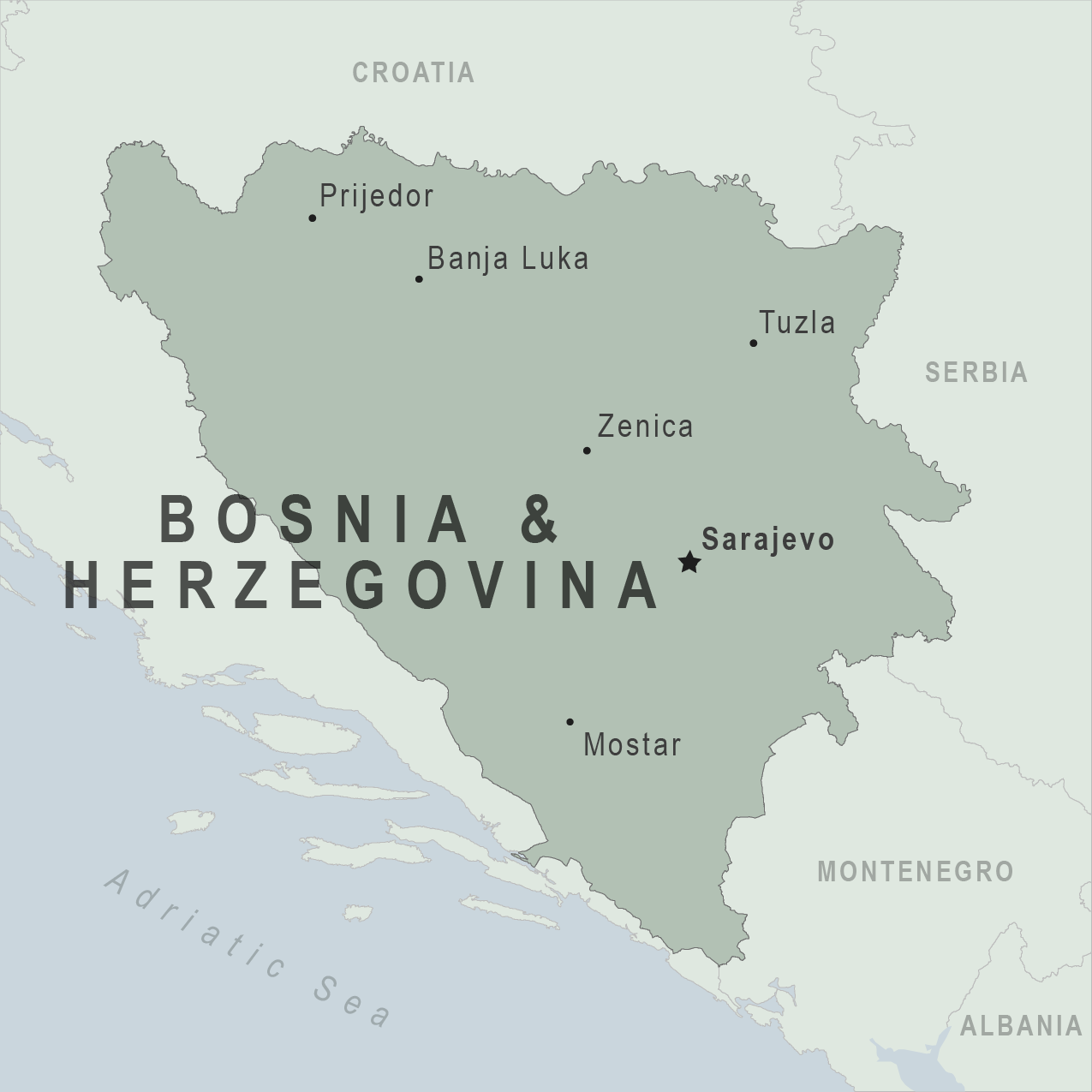This reading is adapted from our textbook, "WORLD HISTORY" by Jackson J. Spievogel and published by Glencoe.
Beginning in France in 1848, the spirit of revolution spread quickly over Europe, but the uprisings were largely suppressed. Can you imagine living without the rights guaranteed in the Constitution? In 1848, popular uprisings in Europe hoped to win such rights.
The conservative order still dominated much of Europe as the midpoint of the nineteenth century approached. However, the forces of liberalism and nationalism continued to grow. These forces of change erupted once more in the revolutions of 1848.
ANOTHER FRENCH REVOLUTION
Revolution in France once agains sparked revolution in other countries. Major economic problems beginning in the year 1846 brought hardships in France to the lower-middle class, workers, and peasants.
At the same time, members of the middle class were fighting for the right to vote. The government of the king of France (Louis Philippe) refused to make changes. Opposition to the government grew as a result.

The monarchy was finally overthrown in 1848. A group of moderate and radical republicans set up a provisional (which means "temporary") government. The republicans were people who wished France to be a republic- which is a government where leaders are elected.
The provisional government called for the election of representatives to a assembly that would create a new constitution. Elections were to be decided by universal male suffrage- which meant that all adult men could vote.
The provisional government also set up national workshops to provide work for the unemployed. From March to June, the number of unemployed enrolled int he national workshops rose from about 66,000 to almost 120,000. This emptied the treasury and frightened the moderates, who reacted by closing the workshops on June 21.
The workers refused to accept the decision to close the workshops and responded by pouring into the streets. In four days of bitter and bloody fighting, government forces crushed the working-class revolt. Thousands were killed and thousands more were sent to the French prison colony of Algeria (in northern Africa).
The new constitution, which was ratified on November 4th, 1848, set up a republic called the Second Republic. The Second Republic had a single legislature elected by universale male suffrage. A president, also chosen by universal male suffrage, served for four years (just like how the presidency works here in the U.S.!). In December 1848, Charles Louis Napoleon Bonaparte (called Louis-Napoleon), the nephew of the famous French ruler, won a resouding victory for France.
TROUBLE IN THE GERMAN STATES
News of the 1848 revolution in France led to upheaval in other parts of Europe. The Congress of Vienna in 1815 had recognized the existence of 38 independent German states (which was called the German confederation). Of these, Austria and Prussia were the two greatest powers. The other states varied in their sizes.


In 1848, cries for change led many German rulers to promise constitutions, a free press, jury trials, and other liberal reforms. In May of 1848, an all-German meeting took place to fulfill both liberal and nationalist dreams- the preparation of a constitution for a new united Germany. This meeting, which was called the Frankfurt assembly, provided the German states with a parliamentary government with an emperor that ruled with limited power. The constitution also allowed for direct election of deputies to the parliament by universal male suffrage.
Ultimately, however, the Frankfurt Assembly did not gain the support needed to achieve the goals listed above. Unifying German states together was not achieved.
REVOLUTIONS IN CENTRAL EUROPE
The Austrian Empire also had problems during this time .The empire was a multinational state- meaning different peoples including Germans, Czechs, Hungarians, Slovaks, Italians, and Romanians (just to name a few). Only the German-speakers kept the empire together... but the German population only made up about 1/4 of the total population of the Austrian Empire.
In March 1848, demonstrations erupted in the major cities. To calm the demonstrators, a major court called the Hapsburg court, dismissed the Austrian foreign minister (which is a major leader). In the city of Vienna, Austria, revolutionary forces took control of the capital and demanded a constitution. To please the revolutionaries, the government gave certain countries their own legislature.
Austrian officials were determined to take back control of the empire. In June 1848, Austrian military forces crushed rebels from the Czech republic in Prague. By the end of October, the rebels had been defeated as well. With the help of a large Russian army, the revolutions finally ended in 1849. The revolutions in the Austrian Empire had failed.
CONCLUSION
Throughout Europe in 1848, popular revolts started upheavals that had led to liberal constitutions and liberal governments. However, moderate liberals and more radical revolutionaries were soon divided over their goals, and so conservative rule was reestablished. Even with the reestablishment of conservative governments, however, the forces of nationalism and liberalism continued to influence political events.


In 1848, cries for change led many German rulers to promise constitutions, a free press, jury trials, and other liberal reforms. In May of 1848, an all-German meeting took place to fulfill both liberal and nationalist dreams- the preparation of a constitution for a new united Germany. This meeting, which was called the Frankfurt assembly, provided the German states with a parliamentary government with an emperor that ruled with limited power. The constitution also allowed for direct election of deputies to the parliament by universal male suffrage.
Ultimately, however, the Frankfurt Assembly did not gain the support needed to achieve the goals listed above. Unifying German states together was not achieved.
REVOLUTIONS IN CENTRAL EUROPE
The Austrian Empire also had problems during this time .The empire was a multinational state- meaning different peoples including Germans, Czechs, Hungarians, Slovaks, Italians, and Romanians (just to name a few). Only the German-speakers kept the empire together... but the German population only made up about 1/4 of the total population of the Austrian Empire.
In March 1848, demonstrations erupted in the major cities. To calm the demonstrators, a major court called the Hapsburg court, dismissed the Austrian foreign minister (which is a major leader). In the city of Vienna, Austria, revolutionary forces took control of the capital and demanded a constitution. To please the revolutionaries, the government gave certain countries their own legislature.
Austrian officials were determined to take back control of the empire. In June 1848, Austrian military forces crushed rebels from the Czech republic in Prague. By the end of October, the rebels had been defeated as well. With the help of a large Russian army, the revolutions finally ended in 1849. The revolutions in the Austrian Empire had failed.
CONCLUSION
Throughout Europe in 1848, popular revolts started upheavals that had led to liberal constitutions and liberal governments. However, moderate liberals and more radical revolutionaries were soon divided over their goals, and so conservative rule was reestablished. Even with the reestablishment of conservative governments, however, the forces of nationalism and liberalism continued to influence political events.







